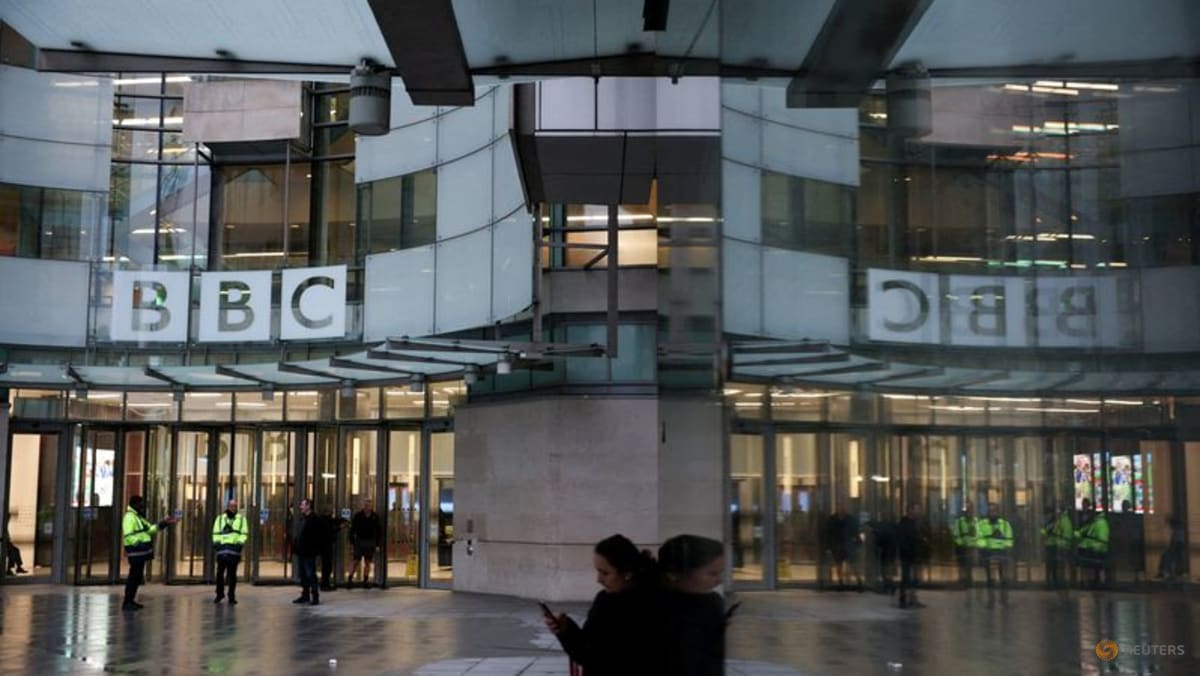Commentary: Long COVID patients are much more likely to have multiple organ abnormalities

IN THE BEGINNING
When COVID-19 first emerged, doctors perceived it to be a respiratory illness, with patients reporting pronounced coughing, shortness of breath and symptoms akin to pneumonia. But as our global understanding of the disease evolved, so did our appreciation of this complex disease.
Reports began to emerge that the virus was capable of not just affecting the lungs but also other organs, such as the heart, kidneys, brain and blood vessels, causing a broader assault.
Studies identifying the viral proteins in various organs also began to emerge, demonstrating the virus’s fondness for certain tissues that were not part of the lungs.
Originally, the main theory put forward was that SARS-CoV-2 (the virus that causes COVID-19) was directly infecting cells across multiple organs. But, as data accumulated, a more nuanced understanding emerged.
It was observed that in some patients, the immune system, in its defence against the virus, overshot its response, leading to what’s termed a “cytokine storm”. This hyperactive immune reaction wasn’t always discriminative, causing unintended damage to organs not directly under viral attack.
Further reports highlighting the predisposition of the virus to induce excess clotting, mitochondrial disruption (mitochondria being the powerhouses of our cells) and reactivation of other viruses emerged. More importantly, there was a growing number of patients continuing to report persistent disabling symptoms arising from multiple organs, even after surviving the initial infection, also known as long COVID, a condition now thought to affect one in 10 people.
So the narrative shifted. COVID-19 wasn’t merely a short respiratory affliction, but a multisystemic disease with the potential for long-term complications, challenging our assumptions about how to treat the disease.
Source: CNA















